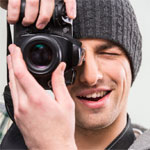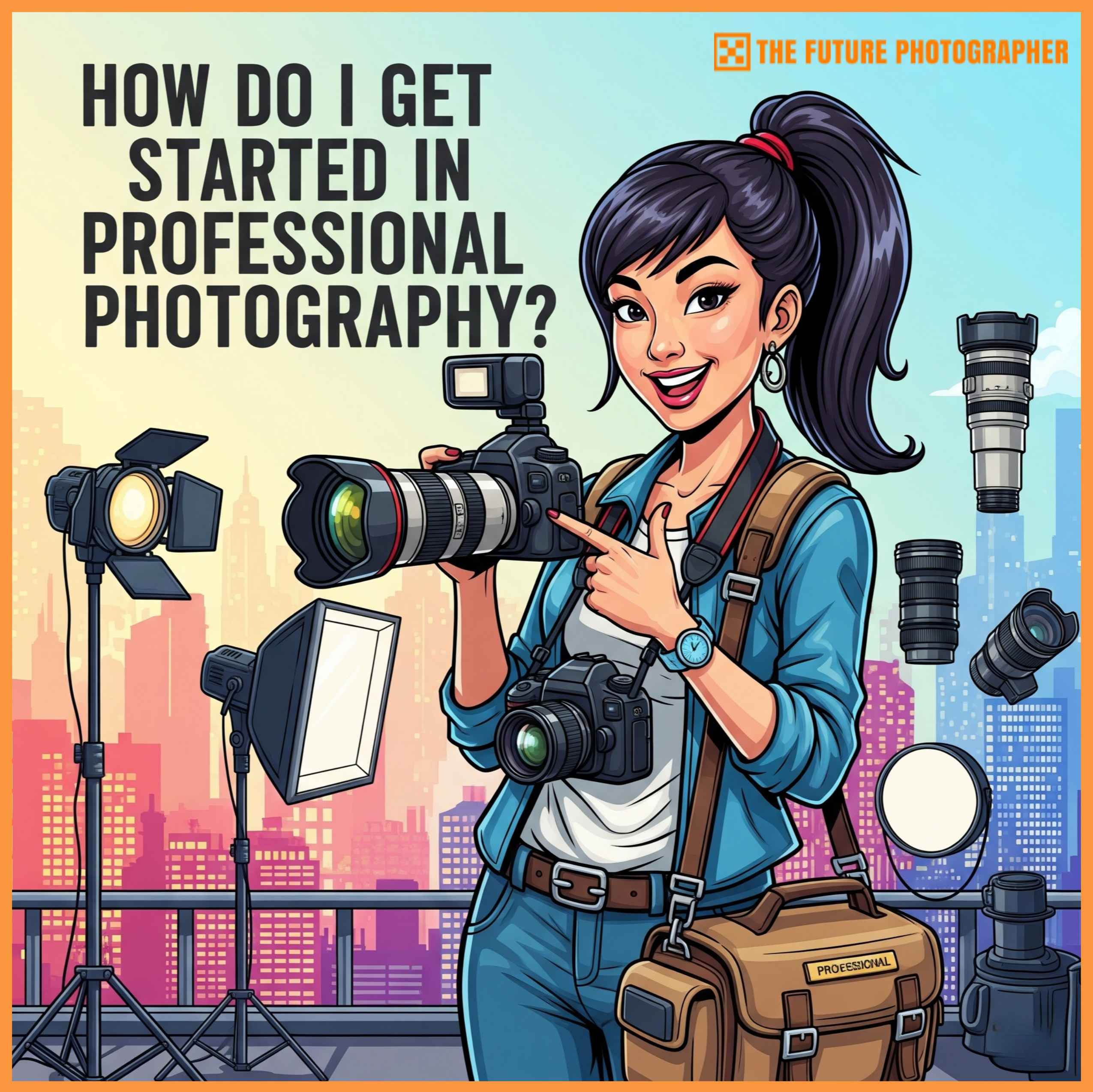
The fisheye photographic culture expands every day. Why? Because fisheye photography is fun, challenging and has an incredible creative potential for both pros and hobbyists. However, this photo effect is of a special kind. It requires skill, specialized lenses, and the courage to break rules. Immersing into the world of photographic distortion and aberration is not for purists. If I managed to catch your attention, I kindly invite you to join me on a fisheye photography journey. Let’s start with a few spectacular, eye-catching fisheye photo ideas.
Fabulous Examples of Fisheye Photography
Before trying your fisheye lenses on everything around you, you need that spark to light up your imagination. I am sure you’ll get creative after taking a look at the following fisheye pictures.
Fun Urban Fisheye Photos

Fisheye lenses are very popular among skateboarders. Not only that all GoPro cameras have a fisheye effect due to their wide angle lens, but there are also fisheyes especially created for iPhone. With all these fun and not so expensive choices at hand, urban fisheye photography is a piece of cake. All you need is the good vibe and vision.
Stunning Architectural Fisheye Pictures

The above fisheye image features one of the passages of the Nasir al-Mulk Mosque. This is a traditional and cultural site located in Goad-e-Araban, a place in Shiraz. The architectural details are impressive in themselves, but the fisheye effect enhances the building’s special look. That is why fisheye lenses are great for architecture photography. The way it renders symmetrical compositions amazes any viewer. Skyscrapers also make for astounding fisheye pictures.
Fisheye Lens Photography: A New Approach to Portraiture

What are the ingredients of a fun portrait? A cheerful subject, a funky accessory like the straw hat, and a fisheye lens, of course. Of course, you cant use a fisheye for conventional portraiture. The closer you get to your subject, the more funkier he or she will look. Still, you can use it impress your friends with an awesome group portrait. If you catch a beautiful blue sky in the background, or a breathtaking starry sky, is even better.
Funky Fisheye Close-Ups

There are photographic niches or genres that require accuracy. Fisheye photography is not one of them. This is the area that allows you to go crazily creative and where you are given green light for the distortion mania. The results? The results would be funky shots like the cute close-up of the two ponies kissing above. Fisheyes are extremely wide angle lenses. But at the same time, they have a pretty decent minimum focusing distance (some go down to 0.2 m) which can result in sharp close-up shots.
Underwater Fisheye Photo-Shooting

Did you know that the first fisheye camera for underwater photography was designed at the beginning of the 1990’s? Since then technology has greatly evolved and today you can get a few high quality fisheye lenses, like Nikon 10.5 mm fisheye or Tokina 10-17 mm fisheye. The greater the underwater performance, the more expensive they are. Underwater photography is not a niche for any photography enthusiast. Still, if on your list, it is worth trying a such gear.
How to Enhance Your Fisheye Photography Skills
- Choose the Appropriate Equipment for Your Needs
When deciding on a fisheye lens there are so many things to consider. The budget you have is one of them as a quality fisheye lens can be quite pricey.
Maybe you are a Nikon user, or a Canon fan, but you know what? Rokinon aka Samyang produces much more affordable fisheye lenses that can be mounted on both Nikon and Canon. I would recommend trying the Rokinon 8 mm fisheye you can get at about $250.
Secondly, due to the large field of view typical of these lenses, and to the fact that in most cases you cannot use filters, getting a well-balanced exposure is quite difficult to achieve. As a tip, shoot in raw format and do the necessary adjustments by using an editing software afterwards.
- Play with Perspectives – Experiment!
The beauty of fisheye photography is the freedom you have to experiment and play with diverse perspectives and subjects. If for the majority of your photographs you totally avoid distortion, in this case not only that you cannot run away from it, but you can exploit it to get highly original images. Get close to your subject, shoot from the above or get low on your knees. Just make sure you try out as many perspectives as possible. You never know which one turns your shots into fabulous pictures.
- Search for Inspiration and Quality Information
Inspiration is sometimes just another word for research. Photography enthusiasts, however, know that researching for a particular aspect related to their passion, not only that is not boring, but it is actually informative and fun.
If you are looking for a different approach to your photography, explore more the fisheye photo culture and get inspired. There are so many approaches, techniques, accessories and even apps to discover. Check out our section with fisheye photography resources for more valuable insights.
What You Need for Outstanding Fisheye Photography
To shortly recap, all you need to start making your photography more fun-oriented is:
- Passion for innovation and special effects.
- Boldness. Fisheyes do not stand for conventional uses.
- Appropriate light conditions as fisheye lenses are very sensitive to light (not too low, not too bright).
- Appropriate equipment. As there’s always a much more convenient option for anything out there, if you cannot afford a proper fisheye, try out a fisheye lens for your iPhone first.
Fisheye Photography Resources:
While you can find many great articles across the web, like our fisheye lens guide, there are plenty of other resources such as eBooks and video tutorials. Here’s what we enjoyed reading and watching so far:
E-Books:
- Scott Kelby: The Digital Photography Book, Vol. 3.
- David D. Busch: David Busch’s Quick Snap Guide to Using Digital SLR Lenses.
- Bill Corbet: A Simple Guide to Digital Photography.
Video: Gene Ho – The Art of Fisheye.
Ready to embrace the world of photographic distortion? I hope my post will help you in enhancing your fisheye photography skills and opening your appetite for new photo perspectives. If you have any ideas, suggestions or experiences you’d like to share with us, please leave a message in the comments section below. Thanks!
Until next time, happy photographing!
Share:






